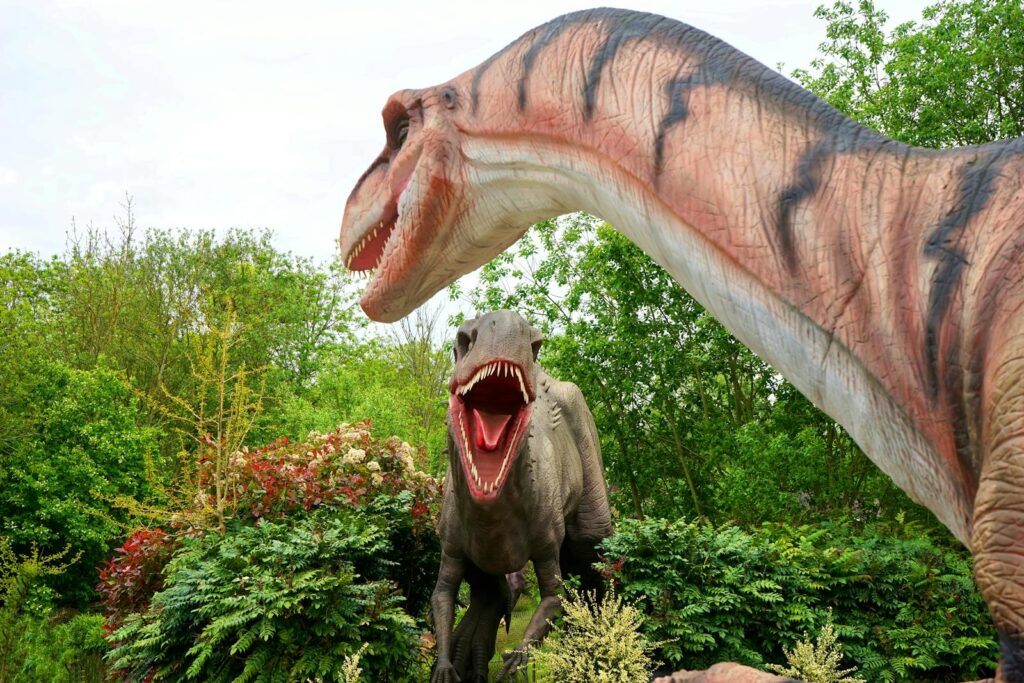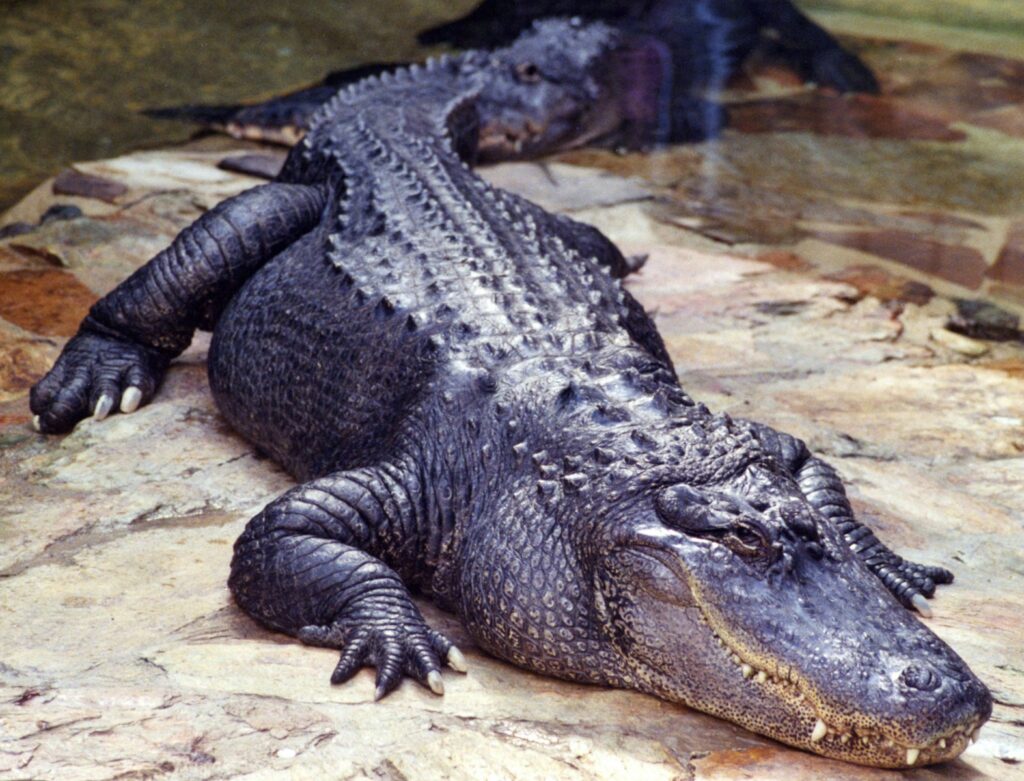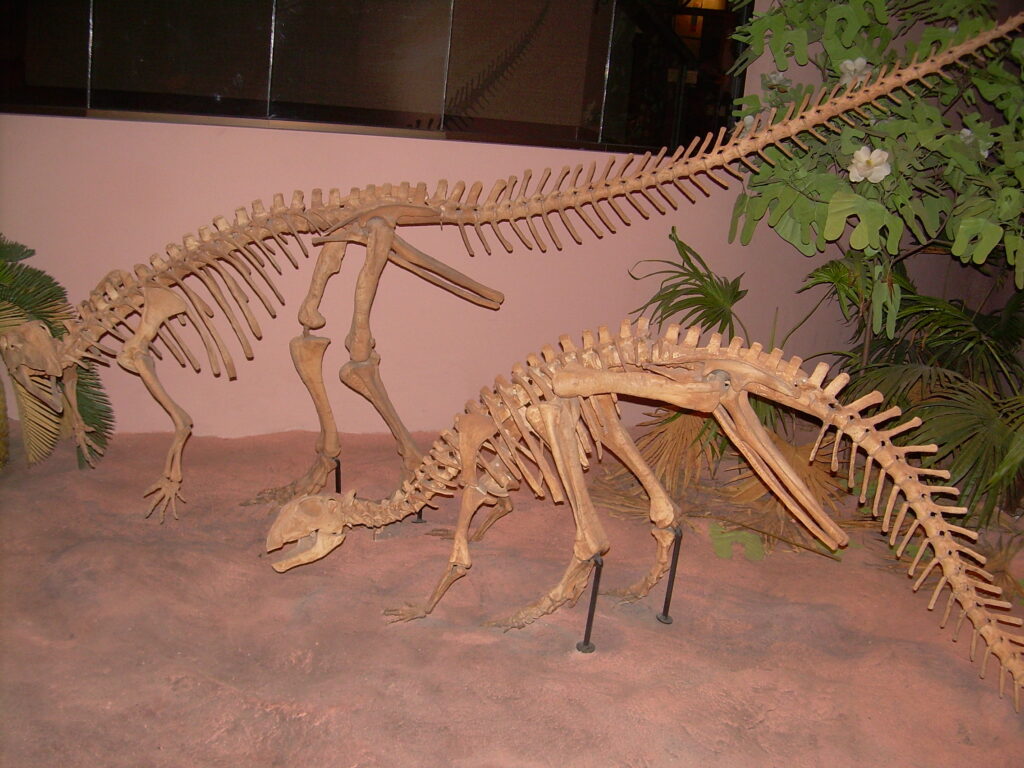Jurassic Park captivated audiences worldwide with its thrilling premise: scientists extract dinosaur DNA from prehistoric mosquitoes preserved in amber, fill in the genetic gaps with frog DNA, and bring extinct species back to life. This concept sparked the imagination of millions and raised a compelling question: could we actually resurrect dinosaurs through cloning? While the film took creative liberties with science, it also incorporated genuine scientific principles. This article explores the fascinating intersection of paleontology, genetics, and popular culture by examining what Jurassic Park got right about dinosaur cloning possibilities and where it ventured into science fiction.
The Basic Premise of Jurassic Park’s Cloning Method

In Jurassic Park, the fictional company InGen extracts dinosaur DNA from blood inside mosquitoes that had bitten dinosaurs before becoming trapped in tree resin that fossilized into amber. These mosquitoes, preserved for millions of years, supposedly contained intact dinosaur blood in their abdomens. Scientists then extracted this DNA, identified gaps in the genetic sequence, and filled those gaps with DNA from modern frogs. The completed genome was then inserted into an unfertilized ostrich or emu egg, allowing the development of a dinosaur embryo. While this process makes for a compelling narrative, it simplifies and dramatizes what would be an extraordinarily complex procedure even with today’s advanced technology.
The Reality of DNA Preservation
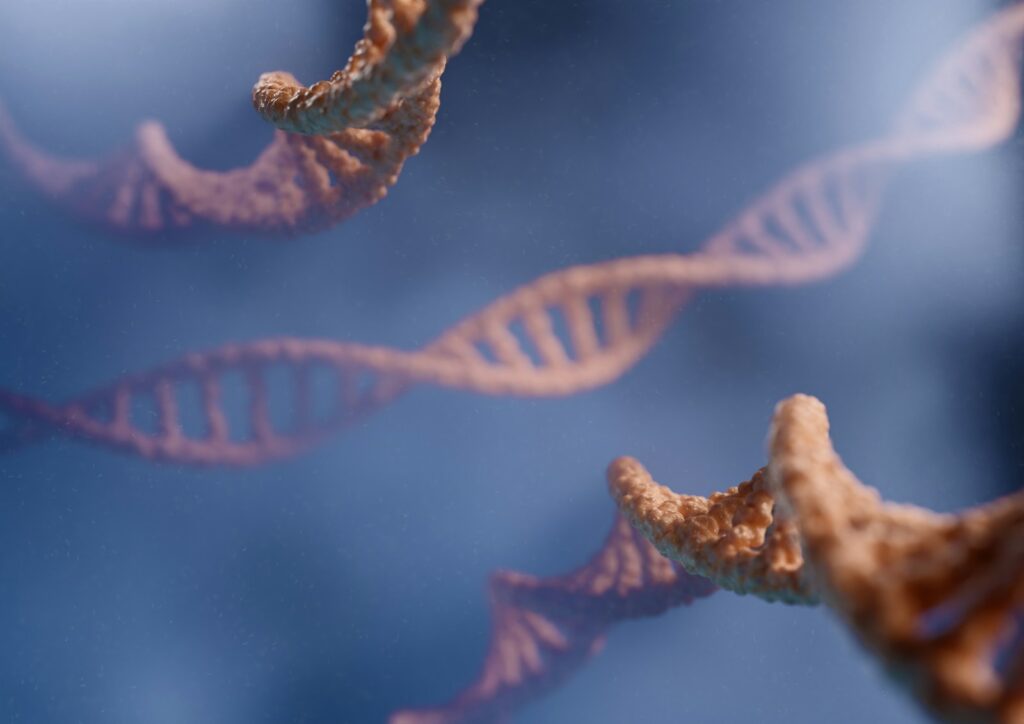
One of the most significant scientific hurdles to Jurassic Park’s scenario is DNA degradation over time. DNA is a remarkably fragile molecule that begins breaking down immediately after an organism’s death. Studies on DNA decay rates suggest that even under ideal preservation conditions, DNA fragments become unreadable after approximately 1.5 million years.
Considering dinosaurs went extinct about 65 million years ago (except for birds, their living descendants), the genetic material would have degraded well beyond usability. Recent research on what was thought to be the oldest recovered DNA—from a 700,000-year-old horse frozen in permafrost—demonstrates that even in ideal freezing conditions, DNA becomes highly fragmented over just hundreds of thousands of years, not the tens of millions required for dinosaur DNA.
The Amber Preservation Problem

While amber does indeed preserve insects extraordinarily well, the preservation is primarily physical rather than biochemical. The resin’s antimicrobial properties can preserve the outer structure of insects in remarkable detail, but internal soft tissues and genetic material still undergo degradation. Scientists have attempted to extract DNA from insects in amber, with controversial results that haven’t been reliably reproduced.
The famous 1993 study claiming to have recovered DNA from a 125-million-year-old weevil in Lebanese amber, which coincidentally was published around the time of the first Jurassic Park film, was later determined to be the result of modern contamination rather than ancient DNA. The amber preservation mechanism, while visually dramatic for the film, does not actually provide the DNA preservation capability that would be necessary for dinosaur cloning.
The Incomplete Genome Challenge

Even if we could obtain fragments of dinosaur DNA, we would face the enormous challenge of assembling a complete genome. Jurassic Park suggests filling genetic gaps with frog DNA, but this represents a significant oversimplification. Modern species’ genomes contain billions of base pairs arranged in precise sequences that determine every aspect of an organism’s development and function. With only fragments of highly degraded dinosaur DNA, scientists would have no reliable way to determine the correct sequence or structure of the original genome.
The gaps wouldn’t be small, easily identifiable holes, but rather a near-complete absence of usable genetic information. Furthermore, using frog DNA (from amphibians) to fill gaps in dinosaur DNA (from reptilian ancestors) would create a genetic chimera that bears little resemblance to the original species, unlike the film’s depiction of nearly perfect dinosaur replicas.
Modern Cloning Technology
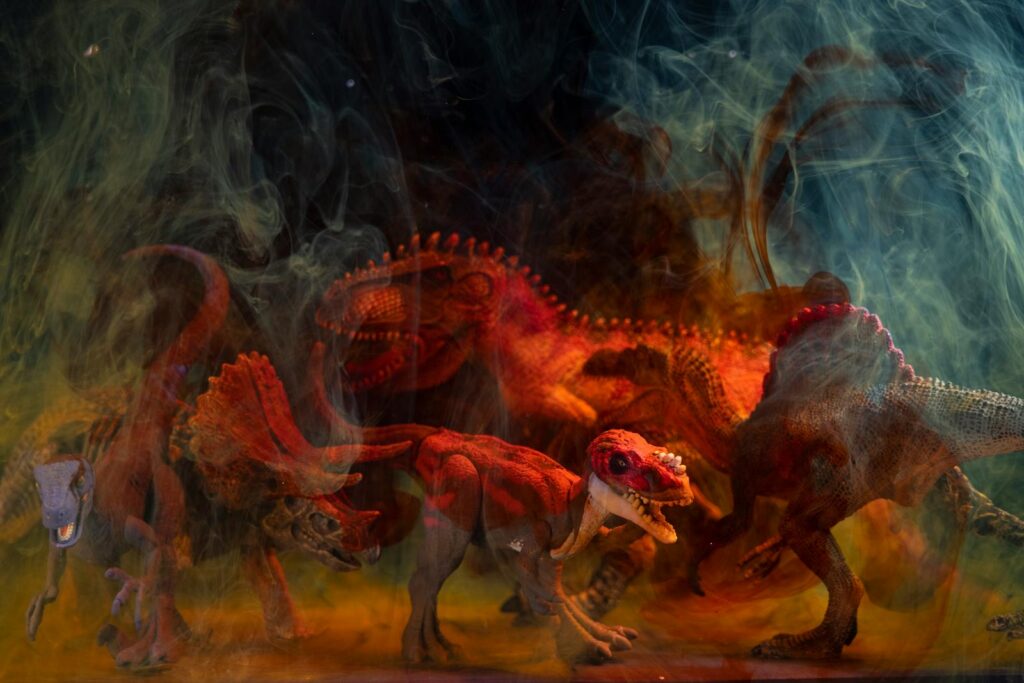
Current cloning technology, even with perfectly preserved modern DNA, remains challenging and limited. The most famous cloning success, Dolly the sheep in 1996, involved using intact DNA from a living sheep’s mammary gland cell, transferring it into an enucleated egg cell, and implanting the resulting embryo into a surrogate mother sheep. This process, called somatic cell nuclear transfer, requires intact nuclear DNA from the donor species, compatible reproductive cells, and a closely related surrogate mother.
Even with these advantages, cloning success rates remain relatively low, with many attempts failing or resulting in offspring with health problems. The technical hurdles involved in cloning a recently extinct species would be exponentially greater than cloning within an existing species, while cloning something as ancient as a dinosaur presents challenges that go beyond our current scientific capabilities by orders of magnitude.
Birds as Living Dinosaurs

Jurassic Park did accurately portray one scientific fact that has gained even more evidence since the film’s release: birds are living dinosaurs. Modern paleontological consensus holds that birds evolved from theropod dinosaurs and are technically classified as avian dinosaurs. The movie correctly shows some dinosaurs with bird-like behaviors and features, particularly the velociraptors, though it significantly exaggerates their size compared to the actual turkey-sized Velociraptor mongoliensis.
The relationship between birds and dinosaurs offers a different perspective on “bringing back” dinosaurs—rather than cloning extinct species, some scientists have suggested it might be possible to reverse-engineer bird embryos to express more ancestral dinosaur-like traits. While this would not recreate extinct species, it could theoretically produce animals with more dinosaur-like characteristics through developmental biology rather than direct cloning.
De-extinction Efforts and Their Limitations
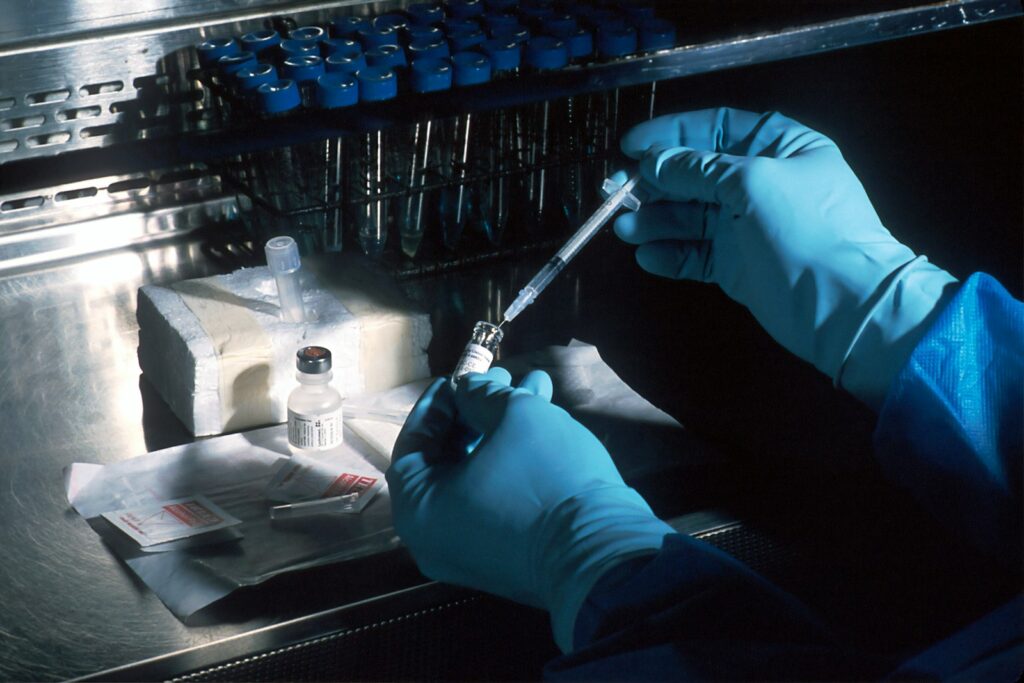
While dinosaur resurrection remains beyond our grasp, scientists have made progress toward potentially reviving more recently extinct species through de-extinction initiatives. Projects like the attempt to resurrect the woolly mammoth (extinct for roughly 4,000 years) involve using preserved DNA fragments from frozen specimens and filling gaps with DNA from their closest living relatives, elephants. Similarly, the passenger pigeon (extinct since 1914) and the thylacine (extinct since 1936) are targets of de-extinction research.
These efforts differ fundamentally from dinosaur cloning because they involve species that went extinct recently enough that degradation hasn’t completely destroyed their DNA, and because they have close living relatives with highly similar genomes. Even these more feasible de-extinction projects face enormous technical and ethical challenges, which would be magnified exponentially for creatures as ancient and evolutionarily distant as non-avian dinosaurs.
The Mosquito Blood Meal Problem
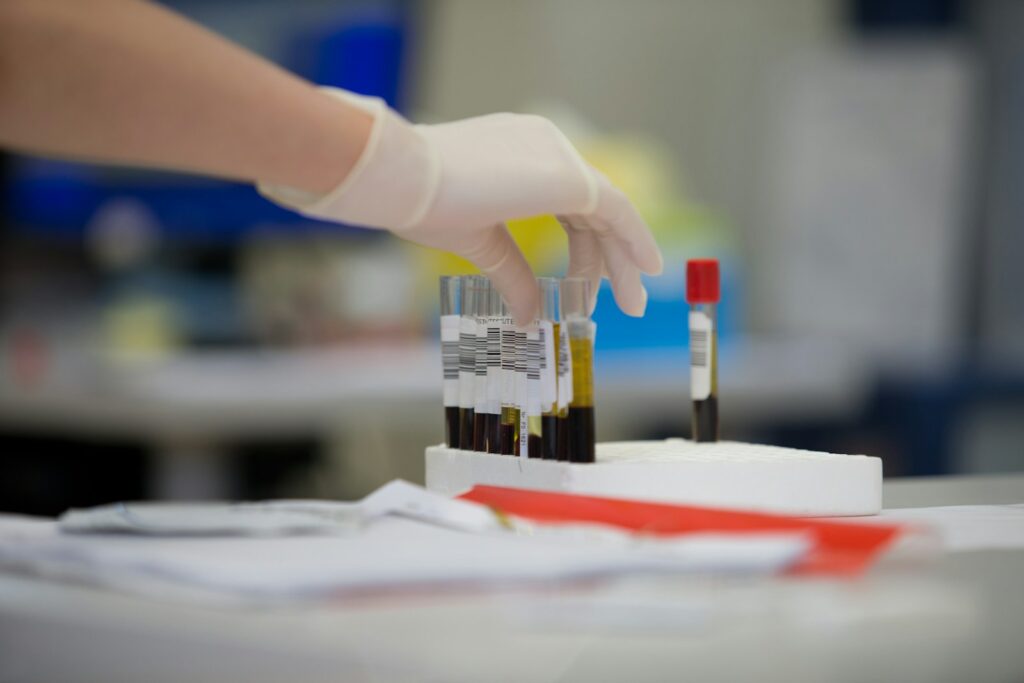
Jurassic Park’s premise rests on mosquitoes having consumed dinosaur blood shortly before becoming trapped in amber. However, there are several biological problems with this scenario that the film doesn’t address. Female mosquitoes (the ones that consume blood) digest blood meals rapidly, breaking down the host DNA within hours. The film shows intact red blood cells, but mosquitoes actually digest these quickly to extract the nutrients they need for egg production.
Additionally, the blood found in a mosquito’s abdomen would contain not only the host’s DNA but also the mosquito’s digestive enzymes and DNA from any other organisms it had bitten, creating a complex mixture that would be nearly impossible to separate into clear genetic sequences. Furthermore, there’s no evidence that the same mosquito species that bite modern animals were even feeding on dinosaurs during the Mesozoic Era, as modern blood-feeding insects coevolved with mammals and may have had different feeding habits during the age of dinosaurs.
The “Frog DNA” Plot Device
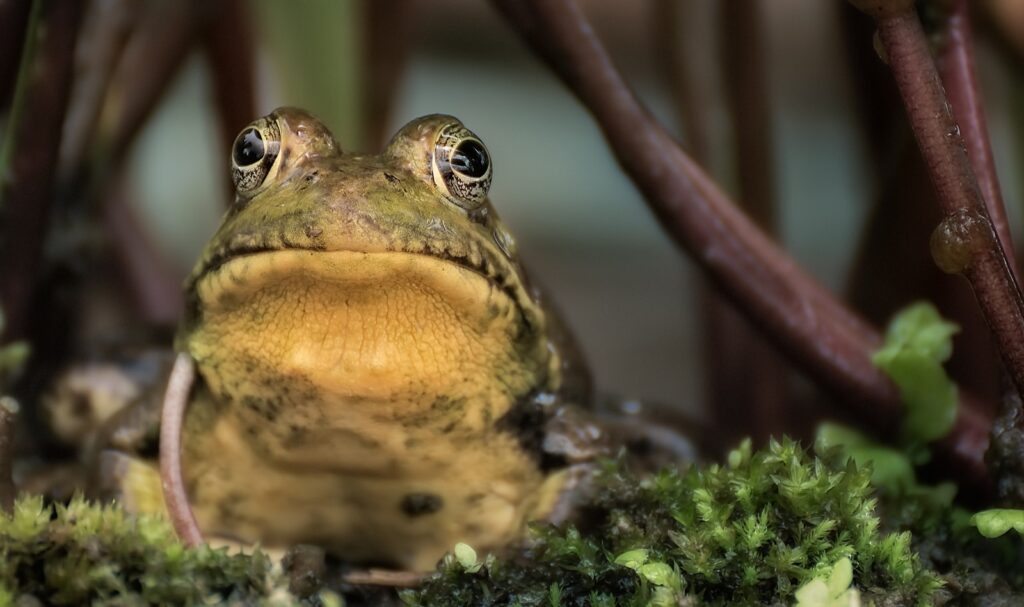
One of the most scientifically questionable aspects of Jurassic Park is the use of frog DNA to fill genomic gaps, which conveniently creates a plot device when the all-female dinosaurs begin to reproduce. In the film, the use of African clawed frog DNA allegedly allows the dinosaurs to change sex in a single-sex environment, facilitating reproduction. While some amphibians can indeed change sex under certain environmental conditions, the African clawed frog isn’t known for this ability (the movie likely confused it with certain fish species).
More importantly, random insertion of frog DNA into dinosaur genomes would create countless developmental problems rather than functional organisms. The genetic distance between frogs and dinosaurs is enormous—they diverged from a common ancestor over 350 million years ago. Using bird DNA would have been marginally more scientifically plausible, though still highly problematic, as birds are directly descended from theropod dinosaurs.
Advances in Ancient DNA Research

Since Jurassic Park’s release, the field of ancient DNA research has advanced significantly, though these developments have actually demonstrated the impossibility of recovering dinosaur DNA rather than bringing us closer to it. Improved extraction and sequencing techniques have pushed back the timeline of recoverable DNA, with the oldest verified DNA sequences coming from a 700,000-year-old horse preserved in permafrost. Scientists have also sequenced fragments from Neanderthals and Denisovans (extinct human relatives), and even recovered proteins from dinosaur fossils, though not DNA.
These advances have allowed researchers to better understand DNA degradation processes, confirming that the chemical bonds in DNA break down over geological timescales in ways that render recovery impossible after about 1-2 million years, even under ideal preservation conditions. The Jurassic Park scenario becomes less plausible, not more, as our scientific understanding improves—an ironic twist given the film’s celebration of scientific achievement.
Genetic Engineering Versus Cloning
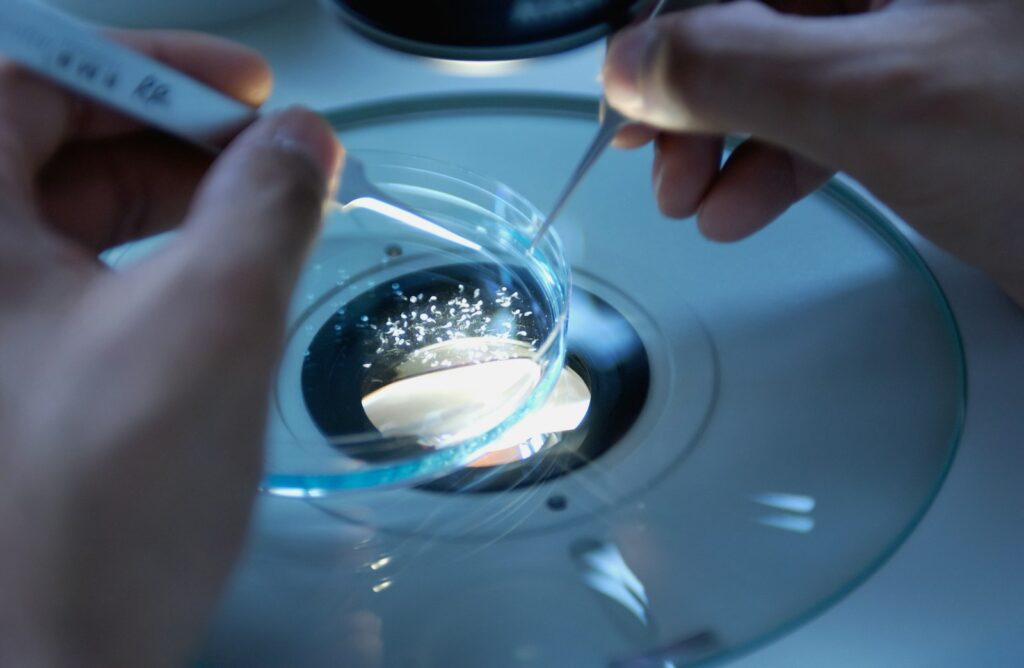
An important distinction often blurred in discussions of “bringing back” dinosaurs is the difference between cloning and genetic engineering. True cloning involves creating an exact genetic copy of an organism using its intact DNA, which is impossible for dinosaurs due to DNA degradation. Genetic engineering, by contrast, involves modifying existing genomes to create new combinations of traits. The process depicted in Jurassic Park is actually a fictional hybrid of these approaches.
Some scientists have suggested that rather than trying to clone dinosaurs directly, a more feasible (though still extremely speculative) approach might be to identify and activate dormant dinosaur genes that still exist in birds, or to engineer bird genomes to express more dinosaur-like traits. This would not recreate extinct species but might produce organisms with some dinosaur characteristics. Projects like “chickenosaurus,” proposed by paleontologist Jack Horner (a consultant on the Jurassic Park films), take this approach by attempting to modify chicken embryos to develop more dinosaur-like features like tails and teeth.
Ethical Considerations of De-extinction
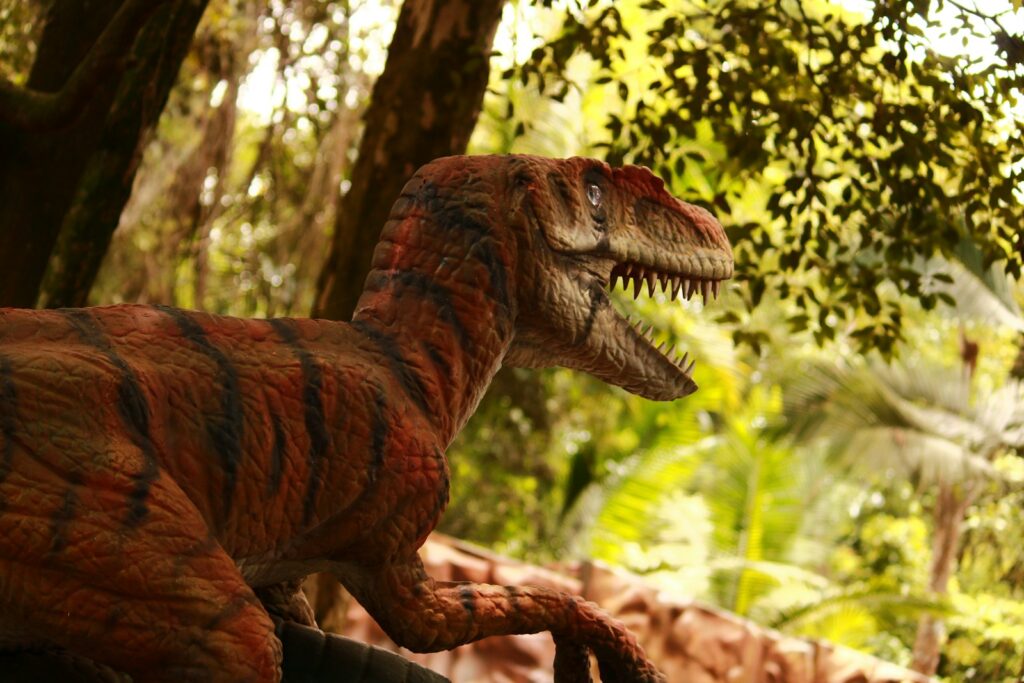
Jurassic Park explores the ethics of resurrection biology primarily through the character of Dr. Ian Malcolm, who famously states that scientists were “so preoccupied with whether or not they could, they didn’t stop to think if they should.” This philosophical question remains central to real-world de-extinction debates. Even if we could resurrect dinosaurs, should we? These creatures evolved in dramatically different ecosystems with different atmospheric compositions, temperatures, and food sources.
A resurrected dinosaur would have no natural habitat, no natural social structures, and potentially no immunity to modern pathogens. There would also be significant animal welfare concerns about creating creatures with no existing knowledge of their biological needs or behaviors. Additionally, conservation biologists have raised concerns that de-extinction efforts might divert resources and attention from protecting currently endangered species, potentially accelerating modern extinction rates while attempting to reverse ancient ones. These ethical dimensions, which Jurassic Park presciently highlighted, remain as relevant today as when the film was released.
What Jurassic Park Got Right About Dinosaurs
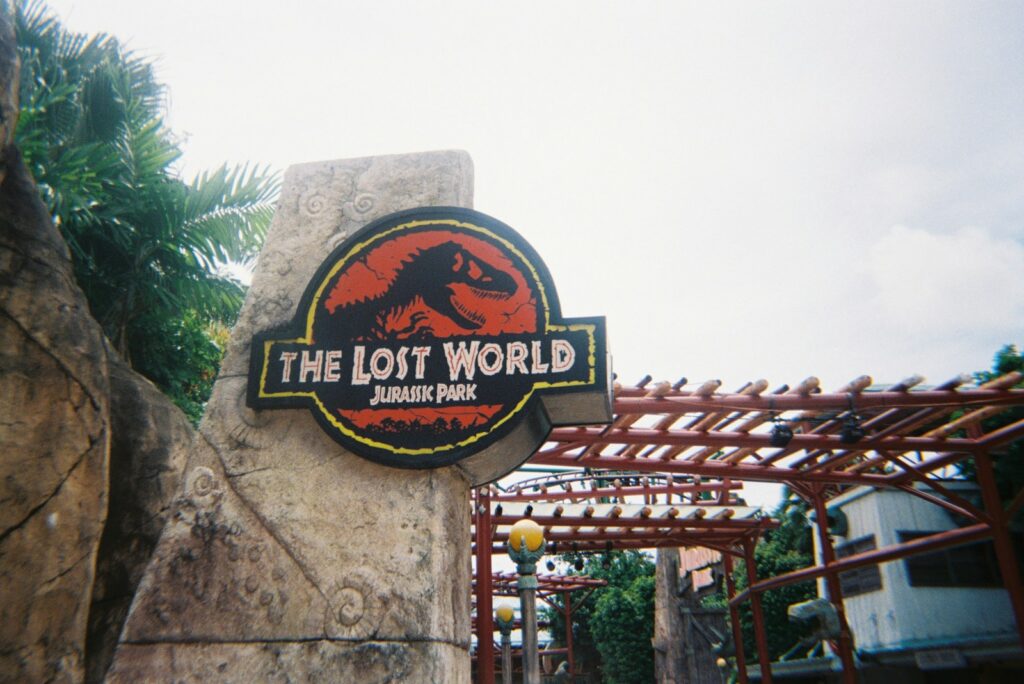
Despite its scientific liberties regarding cloning, Jurassic Park made some remarkably accurate predictions about dinosaur biology that have since been confirmed by paleontological discoveries. The film’s portrayal of dinosaurs as active, intelligent animals rather than sluggish reptiles aligned with the then-emerging “dinosaur renaissance” in paleontology. Its depiction of Velociraptors as pack hunters with complex social behaviors has been supported by fossil evidence of group living in dromaeosaurids.
The film’s suggestion that some dinosaurs cared for their young has been confirmed by discoveries of nesting grounds and parental care behaviors in multiple dinosaur species. Perhaps most prescient was the film’s portrayal of certain dinosaurs with feather-like structures, which predated the wealth of fossil evidence confirming that many theropod dinosaurs, including Velociraptor, were indeed feathered. While the film certainly contained scientific inaccuracies, it helped popularize a more scientifically informed view of dinosaurs as dynamic, sophisticated animals rather than evolutionary failures.
Alternative Approaches to Experiencing Dinosaurs
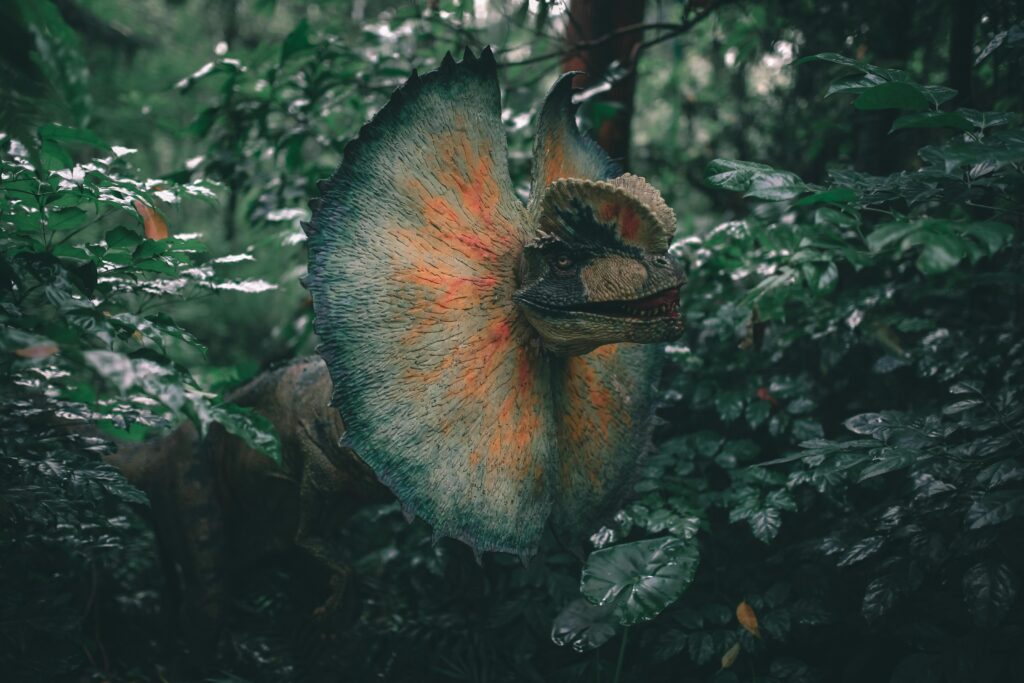
While biological resurrection of dinosaurs remains implausible, technology offers alternative ways to “bring dinosaurs back to life” for educational and entertainment purposes. Advanced computer graphics have already created increasingly realistic dinosaur visualizations in films and documentaries, informed by the latest paleontological research. Virtual reality and augmented reality technologies allow people to experience simulated interactions with dinosaurs in immersive environments. Robotics and animatronics continue to improve, creating more lifelike physical representations for museums and exhibitions.
Additionally, the study of birds as living dinosaurs provides opportunities to observe dinosaur descendants in their natural habitats. Paleontology itself continues to yield new insights into dinosaur appearance, behavior, and evolution through improved fossil analysis techniques. While these approaches lack the dramatic impact of actual dinosaur resurrection, they offer scientifically grounded ways to connect with these fascinating creatures from Earth’s past without the ethical and practical complications of trying to recreate extinct species.
Conclusion

The captivating premise of Jurassic Park—extracting dinosaur DNA from amber-preserved mosquitoes to clone extinct species—remains firmly in the realm of science fiction. The insurmountable challenges of DNA degradation over millions of years, the impossibility of reconstructing complete genomes from fragments, and the limitations of current cloning technology all make dinosaur resurrection biologically implausible. Yet the film succeeded in sparking public interest in paleontology and raising important questions about the ethics of genetic manipulation and de-extinction that remain relevant today.
While we won’t be visiting a real Jurassic Park anytime soon, our scientific understanding of dinosaurs continues to evolve through fossil discoveries, comparative biology with birds, and technological innovations that allow us to visualize these magnificent creatures with increasing accuracy. Perhaps the most valuable legacy of Jurassic Park is not its scientific premise but its reminder that with great technological power comes the responsibility to consider the consequences of using it.

